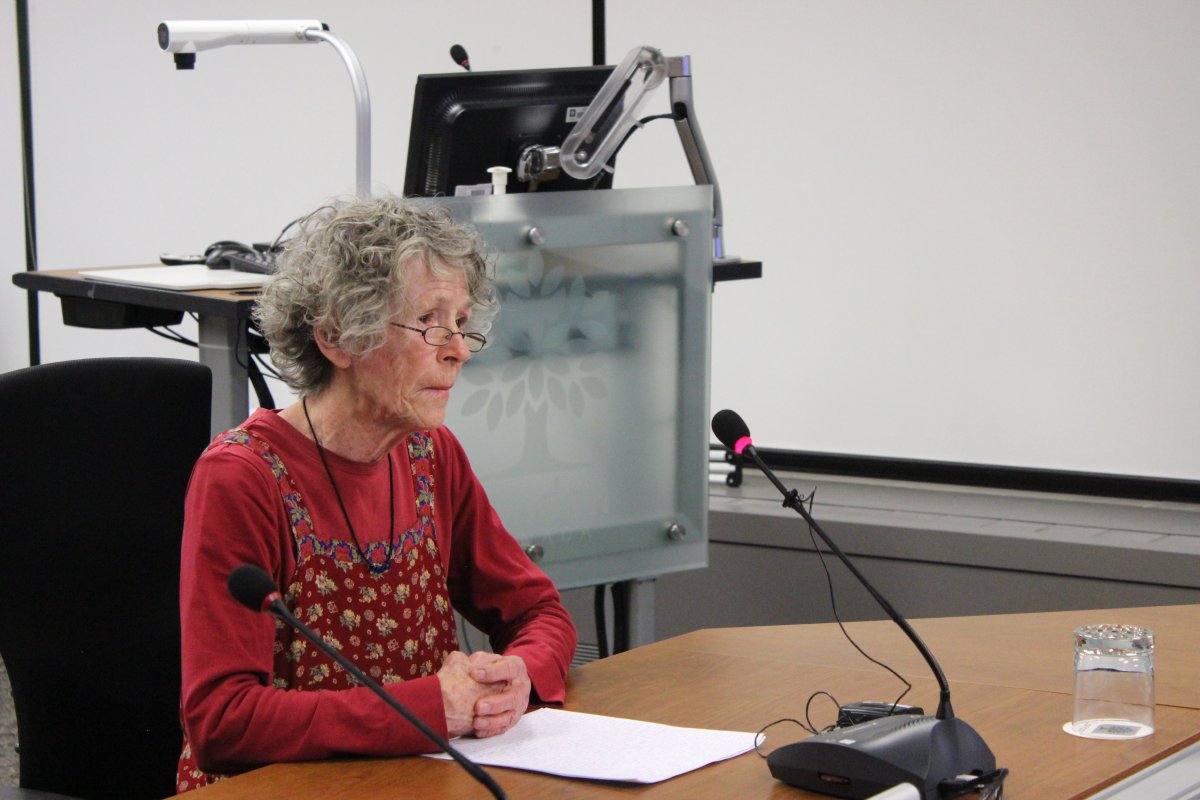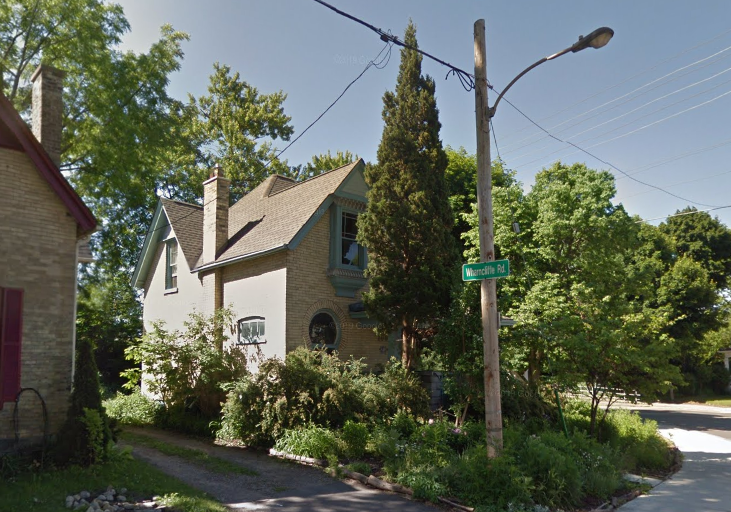A London woman is running out of options as her two-and-a-half-year battle to save her heritage home from a $39-million road-widening project returned to city hall.

Nan Finlayson has spent roughly three decades living in the heritage-designated home on 100 Stanley Street, but that home currently sits on the land required for the widening project on Wharncliffe Road.
“I am not quite as prepared as I wished to be, as I knew nothing about this meeting until the past weekend. I have regularly been kept in the dark throughout much of the process,” Finlayson told the Corporate Services Committee on Tuesday.
During the meeting, Finlayson argued the importance of her home can be found in the mature trees that enclose her property.
“I live in a lovely 125-year-old, priority one, designated-heritage, Queen Anne-style cottage enclosed by a diverse garden sanctuary with mature trees absorbing high levels of carbon emissions,” she said, “filtering water runoffs and offering shade and coolness to reduce the heat from the surrounding sea of cement.”
Finlayson added that much of the greenery on her property provides a home for animals — a home that would be gone if the house were to be demolished.
“The native plants feed, protect and provide habitat for many birds, bees, butterflies and insects, even deer and wild turkeys, and these activities improve and enrich the lives of all the citizens of London,” she said.
“We are an inescapable part of history and more importantly of nature. Its welfare is our welfare. To survive, we cannot continue acting and regarding ourselves as spectators looking on from somewhere outside.”
On Tuesday, Finlayson pleaded for Corporate Services Committee members to refer the proposal for 100 Stanley Street back to city planners to find a “creative, innovative resolution” to allow for needed traffic improvements while preserving her home and property. However, the committee voted 5-1 to recommend allowing the city to take the land, with the only opposing vote coming from Ward 13 councillor Arielle Kayabaga.
Full council is expected to make a final decision on the matter next week.
WATCH: (Jan. 6, 2019) Toronto Islands resident vows to fight eviction

Finlayson’s efforts began in earnest in January of 2017, when the city’s heritage committee gave its support to her in a non-binding recommendation against demolition while city staff suggested demolition is the best option.
Instead of demolishing the home, city politicians offered in February of 2018 to cover the $500,000 bill to move her home across the street, arguing it was the only way to save it from being demolished. At that time, Finlayson argued that it would take the historical house “out of its context on the corner” and plant it in a bare and treeless lot.
She announced three months later, in May, that she would be filing an appeal with the Ministry of Environment and Climate Change.
In December 2018, the ministry responded to three requests, including Finlayson’s, by notifying the city that it could move ahead with the project but with additional conditions. The ministry ordered the city to confirm the project’s direct and indirect impacts to heritage before construction; to consult with the Ministry of Tourism, Culture and Sport on the project; and to submit a written report outlining how it did so.
— with files from 980 CFPL’s Matthew Trevithick.










Comments